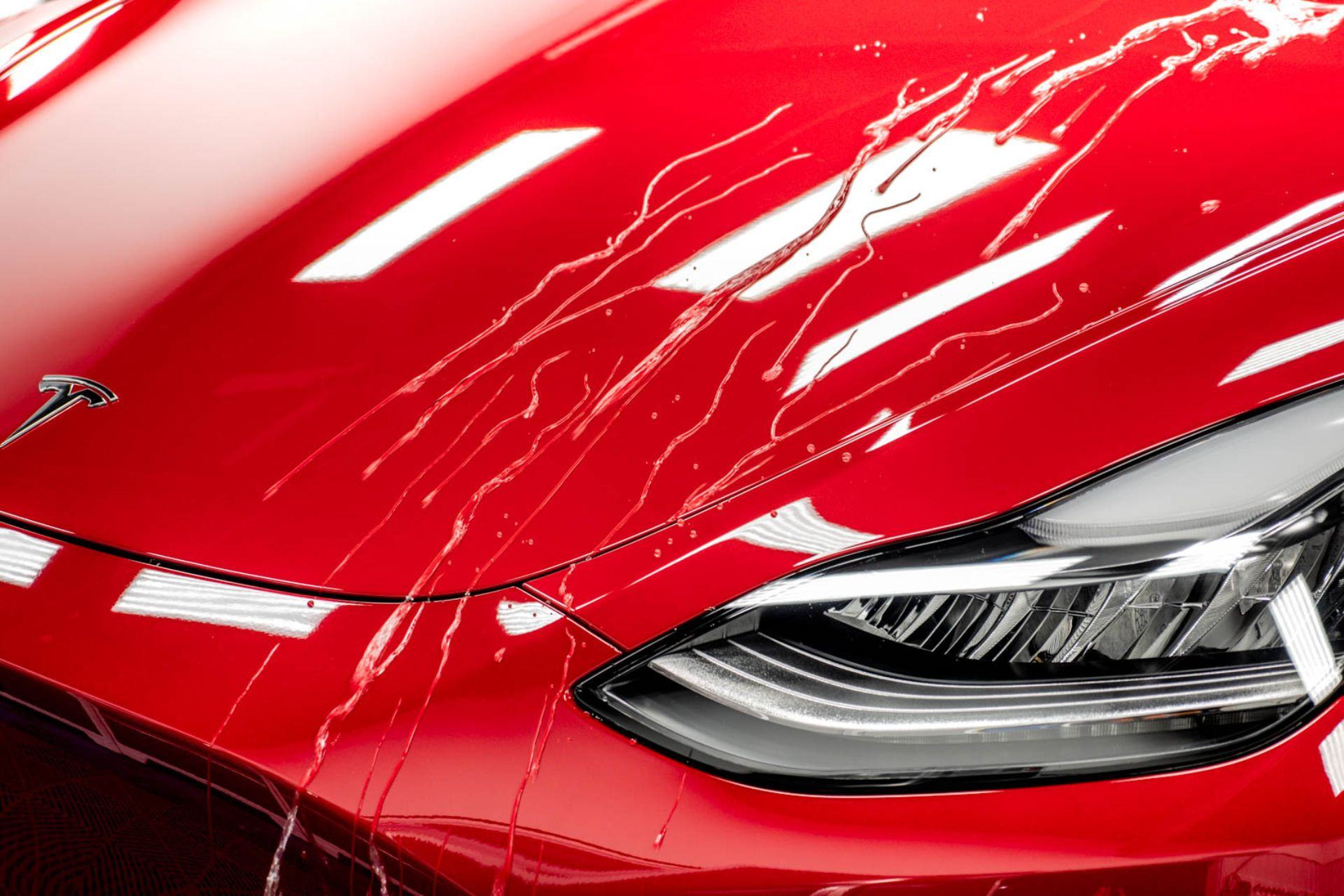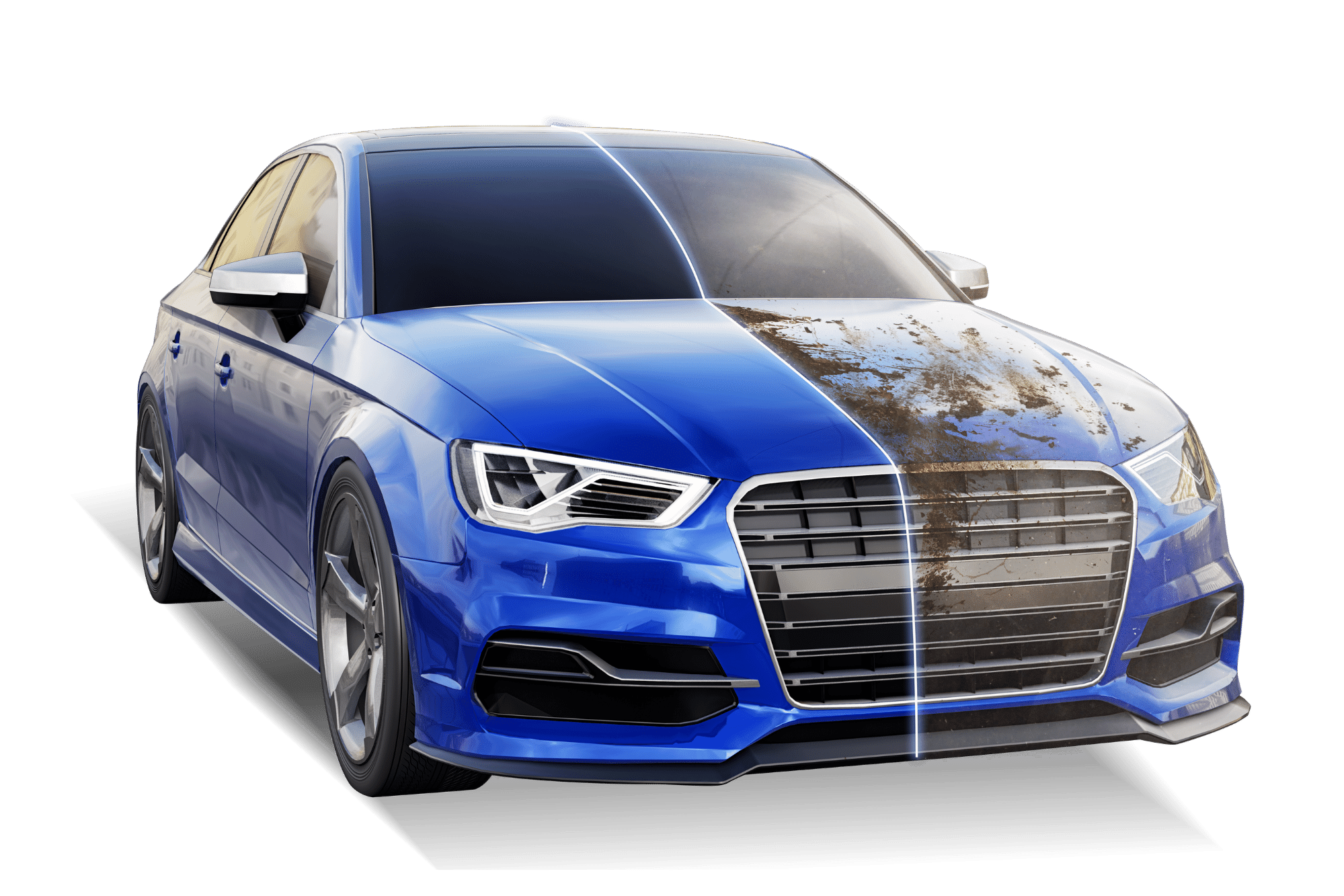Choose expert-installed paint protection film for a invisible layer of protection.
Choose expert-installed paint protection film for a invisible layer of protection.
Blog Article
A Comprehensive Overview to the Kinds of Ceramic Covering on the Market
Ceramic coverings have actually arised as a critical service throughout various industries as a result of their special buildings and applications. From silica-based solutions understood for their robustness to crossbreed choices that merge multiple benefits, the selections offered can be overwhelming. Recognizing the subtleties of each kind, including their certain advantages and perfect usage instances, is necessary for making informed choices. As we explore the distinct attributes and applications of these coverings, the effects for performance and long life end up being progressively obvious, increasing concerns regarding which type may ideal match your demands.
Understanding Ceramic Coatings
Ceramic coverings are innovative safety services that have obtained appeal in various industries, particularly in vehicle and aerospace applications. These layers include a fluid polymer that, when healed, develops a long lasting, hydrophobic layer on the surface of the substratum. This layer offers boosted resistance to environmental pollutants, UV radiation, and chemical direct exposure, thus extending the life and visual charm of the underlying material.
The essential element of ceramic finishes is silica, which adds to their firmness and sturdiness. The application process typically includes surface area preparation, application of the finishing, and curing, which can be accomplished through warm or UV light. Once treated, ceramic finishings exhibit exceptional bonding residential properties, enabling them to stick strongly to a range of surface areas, consisting of metals, plastics, and glass.
In addition to their protective features, ceramic coatings also use ease of upkeep. Their hydrophobic nature minimizes the adherence of dust and gunk, making cleansing simpler and much less regular. Generally, the fostering of ceramic layers represents a considerable advancement in surface area security modern technology, offering both practical and aesthetic advantages throughout several markets.
Types of Ceramic Coatings
Different kinds of ceramic finishes are offered, each designed to meet details performance needs and applications - Car Detailing. The most common kinds consist of:
Silica-based Coatings: These layers mainly contain silicon dioxide and are known for their durability and chemical resistance. They are commonly made use of in automobile and industrial applications.
Titanium Dioxide Coatings: Distinguished for their photocatalytic residential properties, titanium dioxide coatings are commonly applied in atmospheres where self-cleaning and antifungal properties are preferable, such as in structure products and automotive coatings.
Zirconia Coatings: Identified by their high-temperature security and thermal resistance, zirconia layers are used in applications such as turbine engines and high-performance auto elements.
Alumina Coatings: Showing excellent solidity and thermal security, alumina finishings are often made use of in wear-resistant applications, including cutting tools and commercial equipment. - Car Detailing
Hybrid Coatings: Incorporating the residential properties of different materials, crossbreed layers provide enhanced site here performance attributes, making them suitable for special and requiring applications.
Each sort of ceramic layer serves unique objectives, allowing users to choose one of the most ideal service based on specific ecological conditions and efficiency requirements.
Advantages of Ceramic Coatings
Coatings play an important role in improving the efficiency and long life of surfaces throughout various markets. Ceramic finishings, specifically, offer numerous benefits that make them increasingly popular amongst manufacturers and customers alike. Among the main advantages is their remarkable toughness. These coatings are immune to scratches, chemicals, and UV rays, making certain that the underlying surface stays protected over time.
Along with durability, ceramic finishes provide excellent hydrophobic properties, enabling very easy cleaning and upkeep. This water-repellent nature reduces the adherence of dust, gunk, and various other impurities, which can prolong the visual charm and functionality of the surface area. Furthermore, ceramic coatings can significantly enhance thermal resistance, making them suitable for applications that sustain heats.

Application Refine
When using ceramic finishes, a meticulous strategy is vital to accomplish optimal results. The application process generally starts with complete surface preparation. This includes washing, decontaminating, and polishing the surface to eliminate all impurities, including dust, grease, and prior waxes or sealants. A tidy surface area guarantees correct bond of the covering.
As soon as the surface is prepped, the next action is to apply the ceramic coating. This can be done using an applicator pad or a microfiber fabric, making sure even coverage. It is critical to operate in small sections to keep control and stop early curing. The finishing ought to be applied in slim layers, as thicker applications can bring about irregular coatings.
After application, the finishing requires a specific healing time, usually ranging from a couple of hours to a full day, depending on the product. Following these steps vigilantly will make best use of the effectiveness and durability of the ceramic covering, providing a long lasting safety layer for the surface.
Upkeep and Longevity
To guarantee the durability and efficiency of a ceramic layer, normal maintenance is necessary. Ceramic coverings, recognized for their longevity and safety top qualities, call for specific treatment regimens to optimize their life expectancy and efficiency.
Along with regular washing, routine evaluations are essential. Try to find signs of wear or damages, such as hydrophobic residential or commercial properties reducing or surface flaws. If essential, a light gloss might be used to invigorate the coating without removing it away.
Furthermore, her explanation the application of a booster spray can enhance the covering's hydrophobic effects and recover its gloss. This is particularly helpful for coatings that have actually been in use for an extensive period. Ultimately, by sticking to these upkeep methods, one can dramatically extend the life of a ceramic finishing, making certain that it remains to offer optimum security versus environmental factors and preserve the visual appeal of the vehicle.
Verdict

Report this page